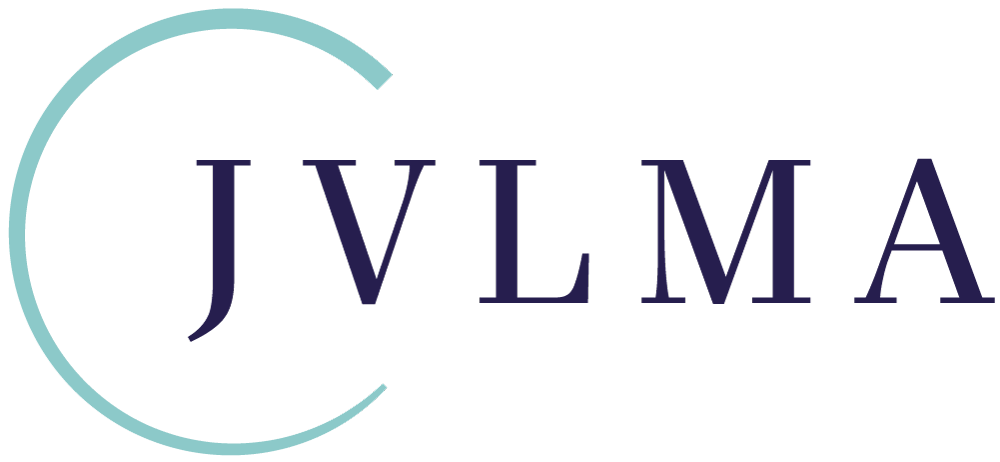ON THE TONAL STRUCTURE OF HELENA TULVE’S VERTIGE: SUGGESTIONS FOR THE VOICE LEADING ANALYSIS OF POST-TONAL MUSIC
Keywords:
Estonian composers, Helena Tulve, Vertige, music analysis, voice leading, post-tonal musicAbstract
It is typical of the language of the new music that the characteristic features of an individual work cannot be discussed in depth without the prior establishment of a relatively original set of analytical tools. Helena Tulve’s Vertige for amplified piano is no exception. Although the style of the work can be related to the different streams of art music at the end of the 20th century, e.g. the spectral music, the unfolding of the musical canvas of the composition cannot be explained exclusively in terms of French spectralism. In this paper I try to establish a set of analytical tools which help to describe the structural features of the aforementioned work. In particular, I will concentrate on the voice leading and its relations to the other aspects of the tonal structure of the work.
Downloads
References
Hindemith, Paul. Unterweisung im Tonsatz 1. Theoretischer Teil. Mainz: B. Schott’s Söhne, 1940
Lerdahl, Fred. Atonal prolongational structure. Contemporary Music Review 4/1 (1989), pp. 65−87
Schenker, Heinrich. Free Composition (Der freie Satz) / Translated and edited by Ernst Oster. New York, London: Longman, 1979
Wason, Robert, W. Epistemologies of music theory. The Cambridge History of Western Music Theory / Ed. Thomas Christensen. Cambridge, UK; New York: Cambridge University Press, 2002, pp. 78−105



